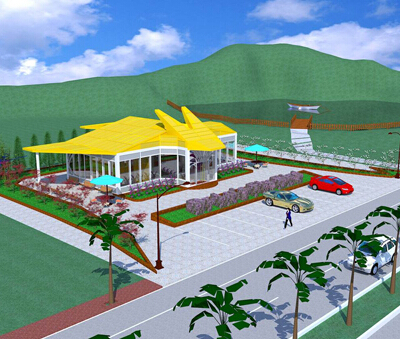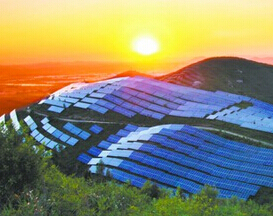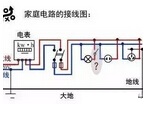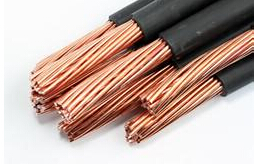First, from the construction point of view of the pre-development of distributed photovoltaic should pay attention to the problem
1, pre-survey need to pay attention to the roof of the corrosion, leakage, which is a conventional problem. In the load calculation need to pay special attention to whether the plant within the pipeline, traffic, fire systems, etc. These will also eat the entire plant load. In addition, if the actual construction of the plant and selection with the design of the drawings do not match, this situation is very difficult to deal with, the Design Institute out of the completion of the map, but also need to find a third party identification agencies, whether from the perspective of the acquirer Or from the construction side of the point of view there is a certain risk.
2, pay attention to the problem of distributed photovoltaic area. The development of the stage, tend to pay more attention to the situation of renting the roof, but each of the distributed will occupy the ground of land, and ground land in many leasing contracts did not mention, when the PV project approach construction, when the enterprise Party, the owner will be made some specific location requirements, including land rent negotiations.
Basically, the distribution of 2,3MW, the ground covers an area of about 200 square feet, for the factory to provide 200 square feet of the place is more difficult, so in the reconnaissance stage need to communicate with the factory in advance, switch station to be located in what Place is very important, as well as ladder, independent base of the ladder also occupied the factory land, often around the factory have fire pipes and other pipes, resulting in site problems.
3, the development phase need to address the specific issues. Breaking the road and green and so on the safety management of the factory caused some trouble, including the assembly from where to take water? Take the water is running water or what water? Water how to calculate the water pump from where? Switch station power how to arrange? These are in the development stage need to solve the problem.
There are equipment in the construction process, the construction period of about 1-2 months, this time the factory to provide a certain venue, scaffolding structures affect the production, scaffolding erection of the location need to consider the vehicle channel? This is a specific solution to the problem.
In addition, the project construction often requires the factory to provide an office space, the factory is willing to provide? Do not agree to provide a way to get a container in the past, take the container as a temporary office space. As well as schedule, foreign companies with special emphasis on not allowed to work overtime, nor to allow our workers to work overtime. And nighttime overtime problems are inevitable, whether or not grab 630, before the grid, with the grid company equipment debugging, no wiring at night debugging, security and network to increase the difficulty of a lot, this need to coordinate with the factory in advance.
Second, the power access approved
There are three types of power access approval, the first is the letter of advice, that is, agree with the project in a certain location and network, how specific network does not provide a solution, the letter of advice is not the ultimate implementation of the final power access program , Generally by the Institute of design, in the factory often have several high-voltage lines around the specific access in which a network point for the entire project is really a decisive impact on the start. In addition, if the conditions of the case, as far as possible with the Institute of Economic Development in advance to get the electronic version of the program.
Power access approval:
Power access letter of advice: for the record
Power access program: the general design by the Institute, should pay special attention
Power access approved: the project started, reported power grid approved

The focus of power access:
Access voltage level: 10KV / 35KV;
Access and distance:
1) T then; T then priority, short distance is short, generally about 500 meters;
2) green line: overhead priority, buried cable (direct access sub-/ pipe)
Configuration:
1) reactive power compensation: SVG, the smaller the better, the best unworthy. Generally 20 to 30 million or so.
2) protection and communication systems: optical communication, T then can not match the case
Third, outside the construction
Outside construction:
Generally commissioned by the power company or its three production, the price difference between the larger
Scope: design, procurement, construction, testing, commissioning, contralateral transformation, and network
Fourth, the partners interested in participating in the construction of photovoltaic field
Advantages: easy communication, local resources
Disadvantages: development cooperation and project implementation cross, the impact of far-reaching problems:
1) high-altitude operations, the greater the risk of security
2) can not take risks once it has failed to meet the grid;
3) mostly non-PV professional team, lack of experience, component trampling and other installation quality hidden more, can not take risks;
4) high voltage electrical operation, electric shock risk
5, during the construction needs of the factory support and understanding
include:
Material after the scene of the discharge and storage, custody
Wall drilling operations
Breaking the cable
Plant occupied part of the road to build unloading platform
Cable laying in the factory area and installation of the equipment
Cable laying occupies the original pipeline ditch in the factory area, the road path
Plant enterprises with reinforcement manufacturers to strengthen the plant
Six, distributed photovoltaic project management
Compared with the ground photovoltaic, distributed photovoltaic volume is small, the construction is simple, in the distributed project management process, the conventional so-called project management: four goals, nine systems, whether still need? Four goals refers to safety, quality , Progress, cost management.

1, the characteristics of distributed photovoltaic
Compared with the ground photovoltaic, distributed photovoltaic has the following characteristics:
1), small volume, short duration
2), the amount of profit is small, a single project anti-risk ability is weak
3), the local power grid differences
4), access point distance, voltage level is limited
5), participation threshold is low, the level of specialization to be improved
6), the degree of localization is relatively high, the construction team level uneven
7), lack of quality control ability
8), "Tai Sui head on the ground", and industrial and commercial enterprises in close connection
9), trilateral projects can not be refined design, good design program is not on;
100MW ground photovoltaic power plants are generally 2 to 5 projects, but 100MW distributed power plants are generally more than 20 projects. The face of so many projects, at the same time start construction, commissioning and network, the project management of the difficulty and pressure greatly improved its rear command system and headquarters departments of the coordinated operations, but also put forward higher requirements, Is the enterprise "multi-project management capabilities.
2, the focus of project management
The so-called multi-project management capacity, mainly divided into four main management point of view, 1, photovoltaic field construction; 2, box change and switch station construction; 3, outside the line and access point construction;
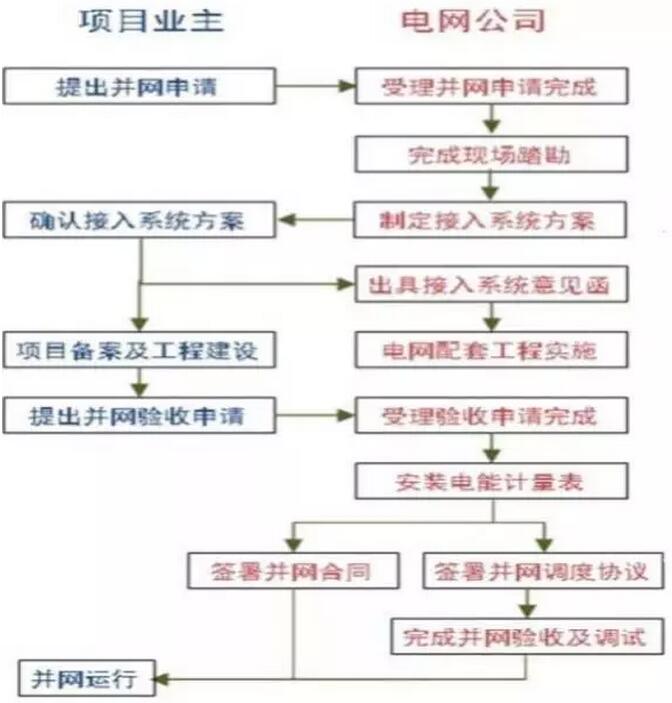
2.1, standardized management
1 Project pre-launch risk assessment
2 Project site survey:
Organization by the structure, electrical, construction of the various departments of the joint survey group to ensure that the program "ground gas"
3 project manager to the factory to pay the end, signed a summary
4 Construction unit to the end of training
5 Project procedures for:
By province / Jiangsu Province, quality supervision station
2.2, plan management
According to the characteristics of the same PV, the implementation of several projects have done a very detailed plan management model.
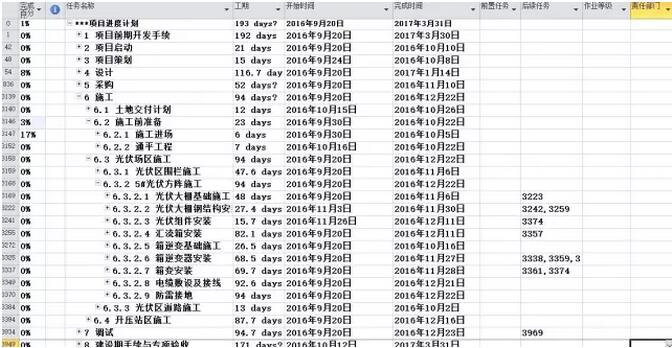
2.3, adjust the organizational structure
In view of the distributed project management, the higher requirements of the enterprise multi-project management capability, the conventional project strong matrix management, adjusted to the weak matrix management model, and adjust the rear command system and the coordination of various departments, more emphasis on the headquarters of the Project support and unified resources of the unified scheduling.
2.4, to create a professional team
In view of the characteristics of project management, the East Power Engineering Center set up four secondary departments:
1, the project management department: with more than 30 second class construction division as a project manager
2, technical center: strong professional ability, with independent wiring, commissioning, and network capacity
3, the Ministry of safety and quality: overall planning safety and quality of the relevant provisions and inspection
4, the information document center: the co-ordinate the project archives data management, with the project quality inspection and acceptance procedures
2.5, cost control
Distributed photovoltaic cost control has a very large feature, that is, off the station outside the grid and the three costs, these three costs if assigned to each part of the distributed project, the cost is often very alarming. The investment in the switch station is worth the drop or deserves to omit the equipment, these devices are often omitted between 50-100 million.
Distributed projects, the focus of cost control In addition to the conventional photovoltaic field area, the focus is the switch station, outside + access point construction, network costs three parts. The three costs are generally> 2 million.
To take: early access, pre-work program review, independent implementation, etc.
2.6, to play the design advantages: through differentiation, to achieve design optimization, to increase power generation, reduce costs, there is a lot of space.
















 RCCN WeChat QrCode
RCCN WeChat QrCode Mobile WebSite
Mobile WebSite
